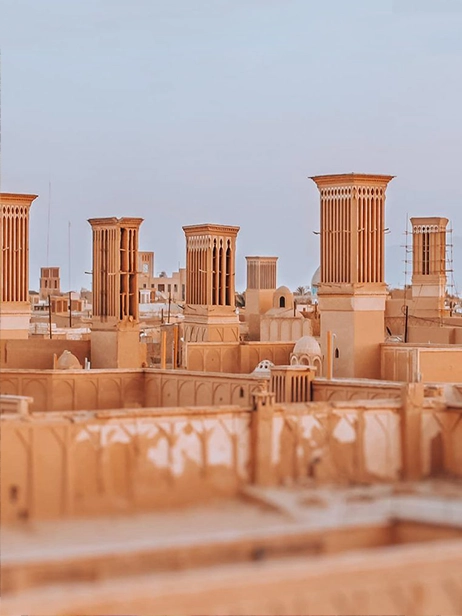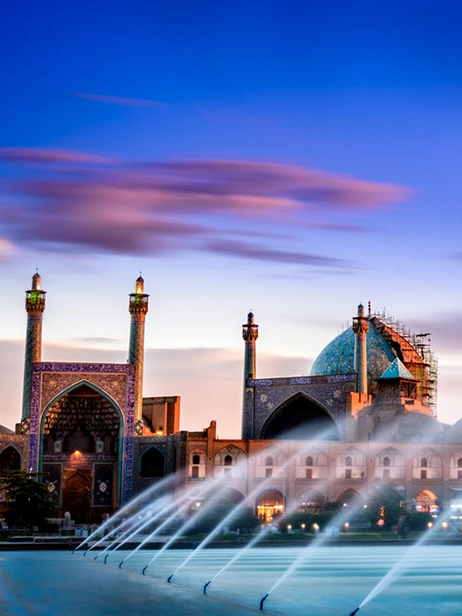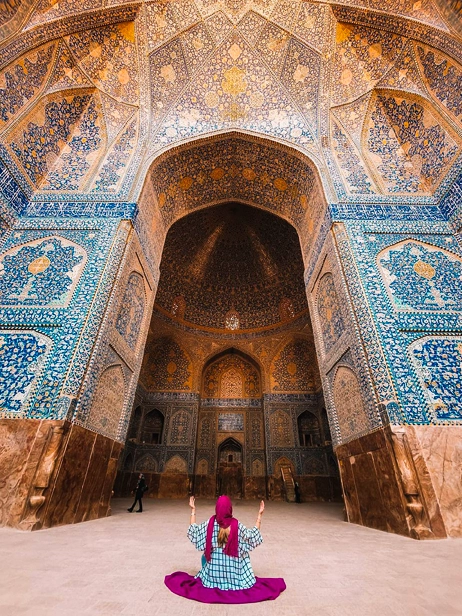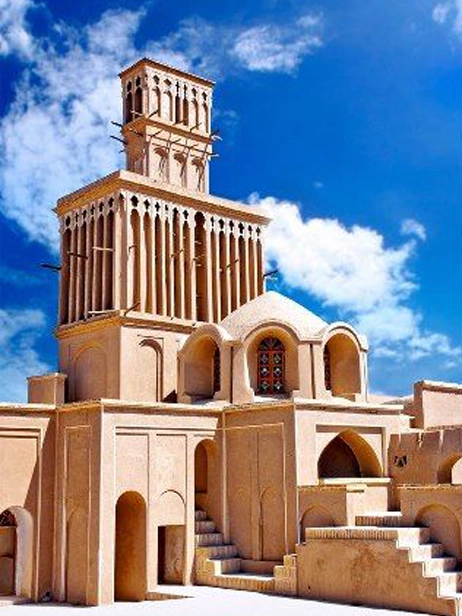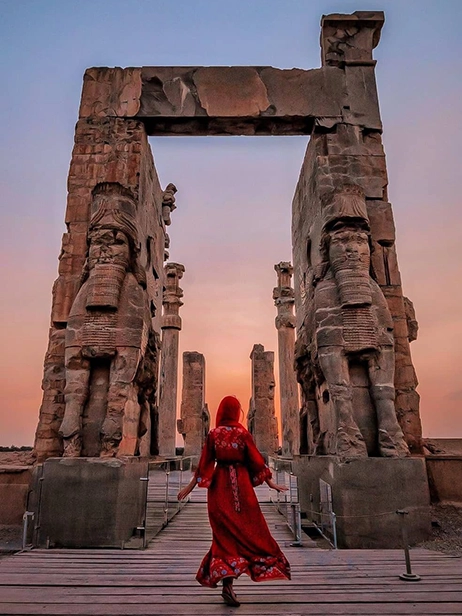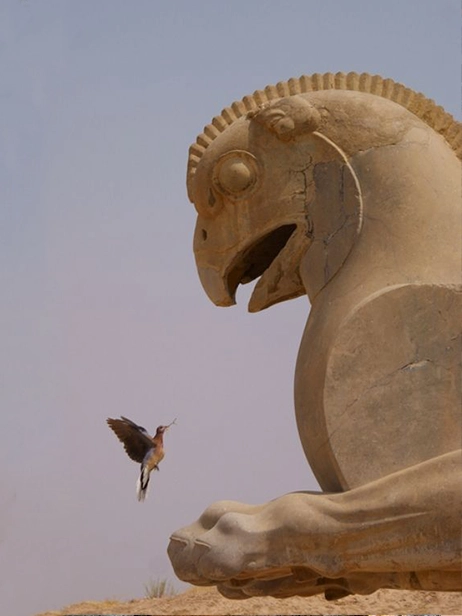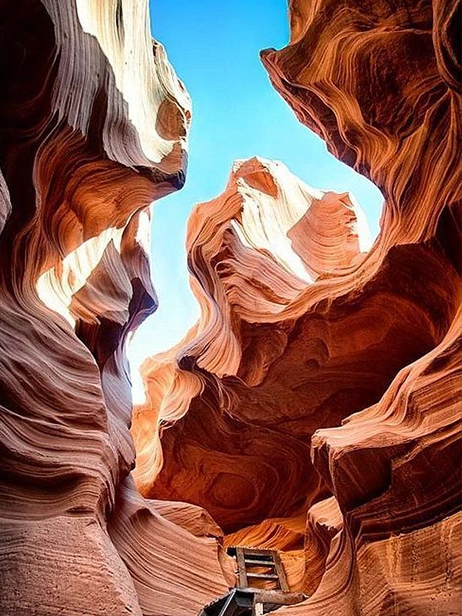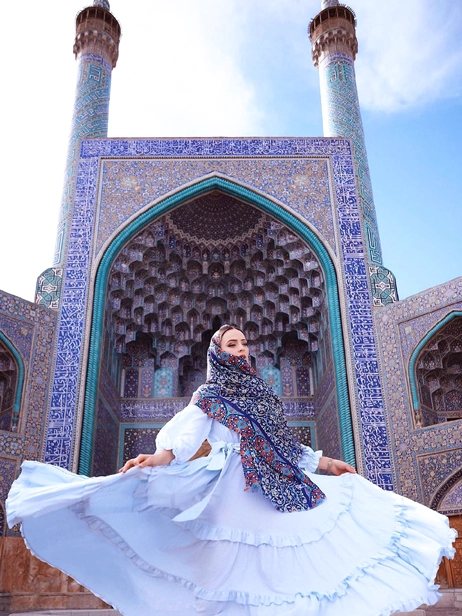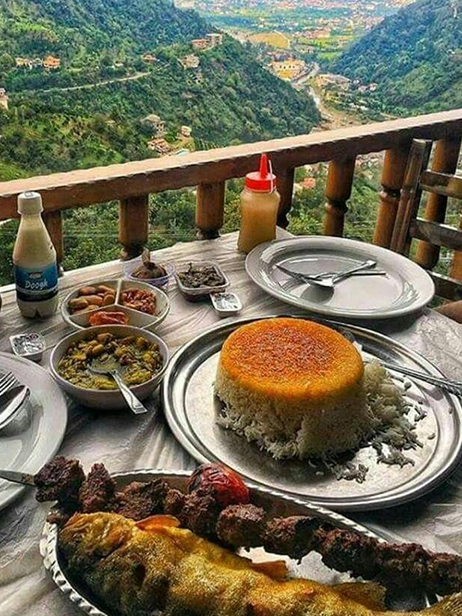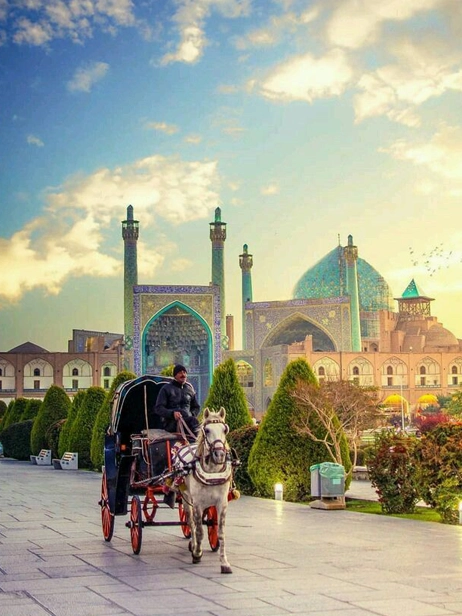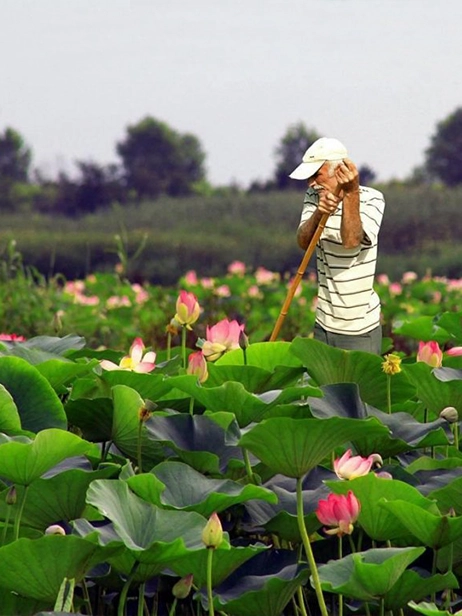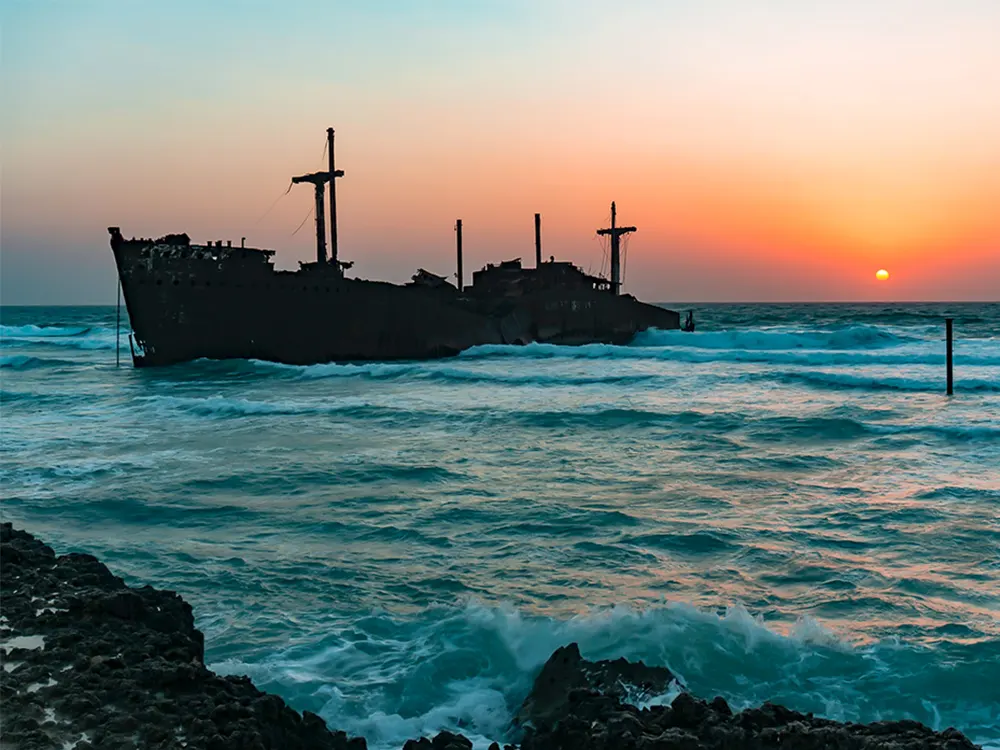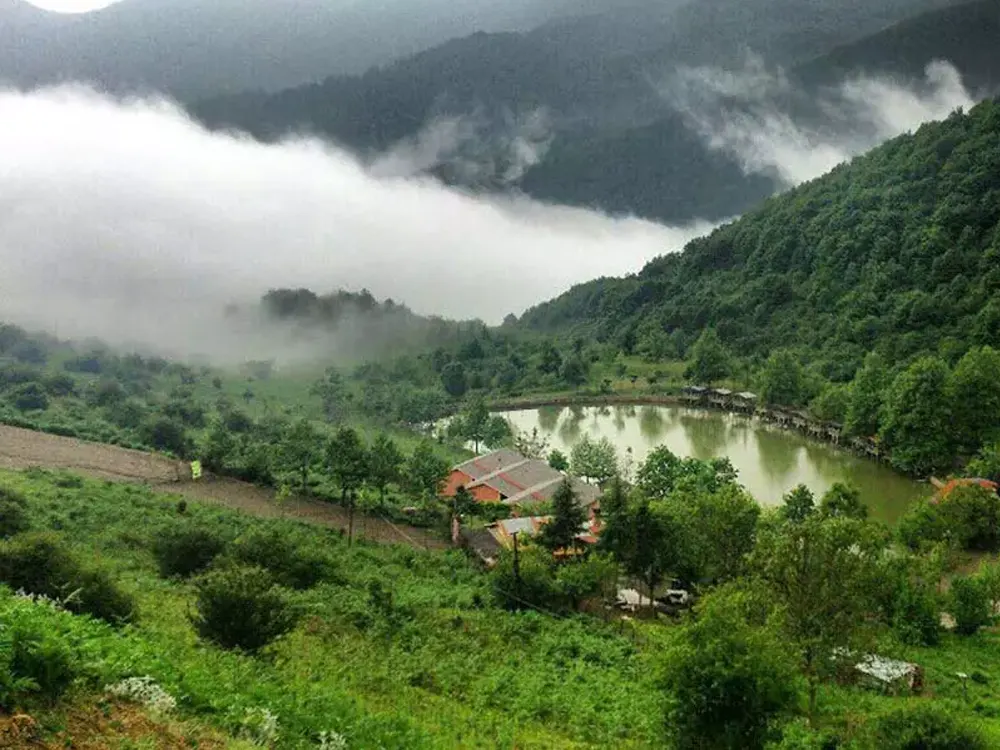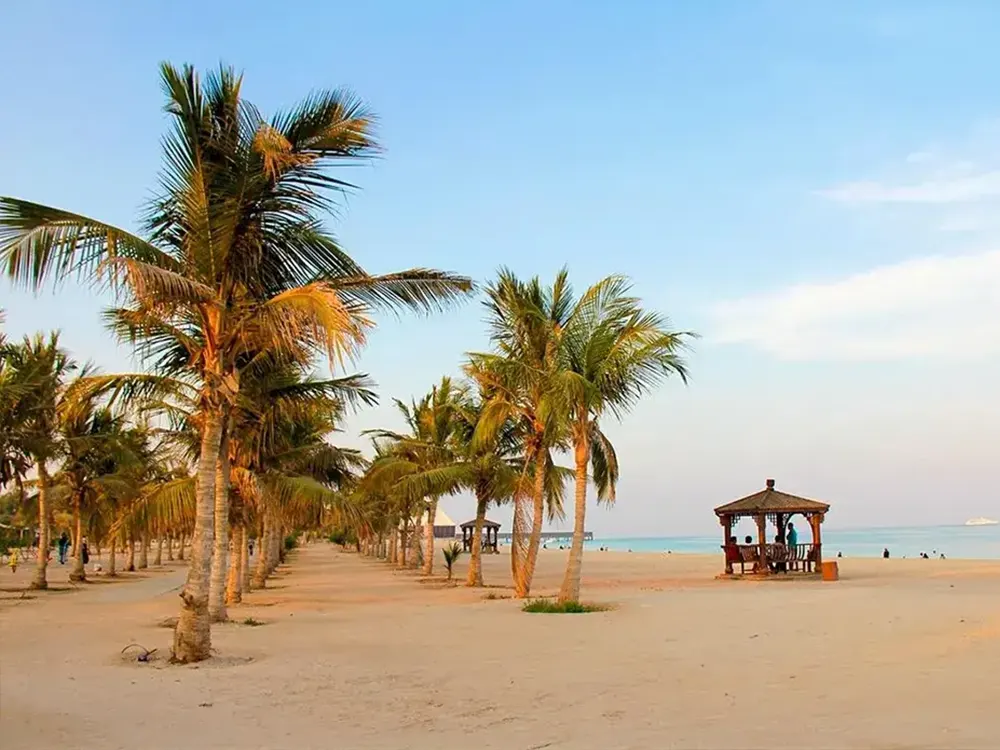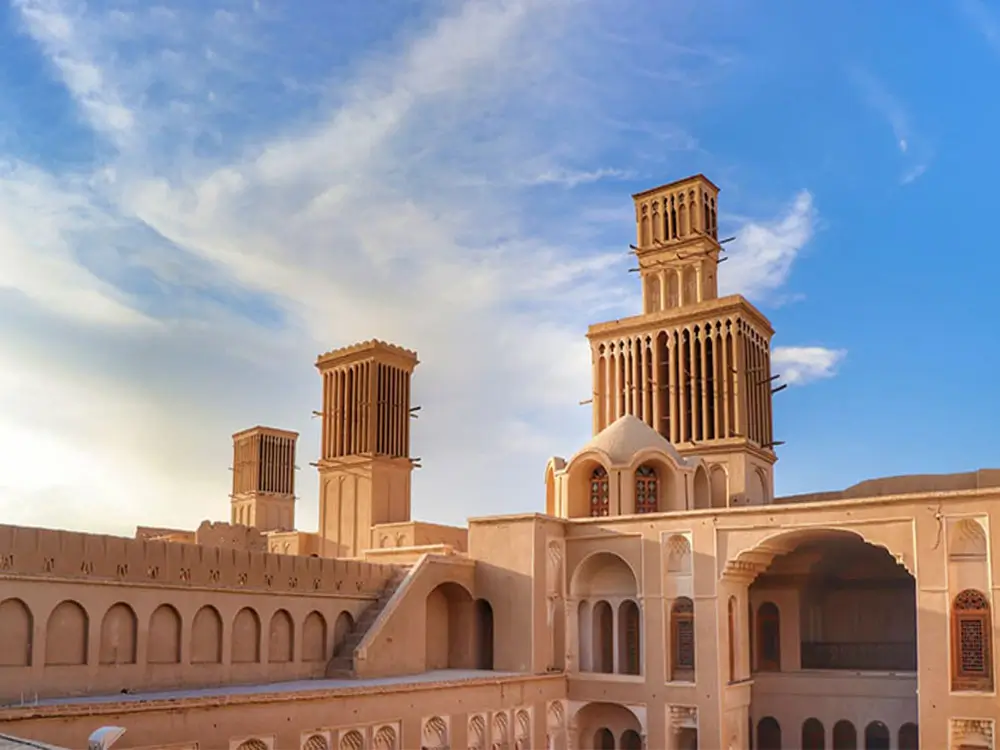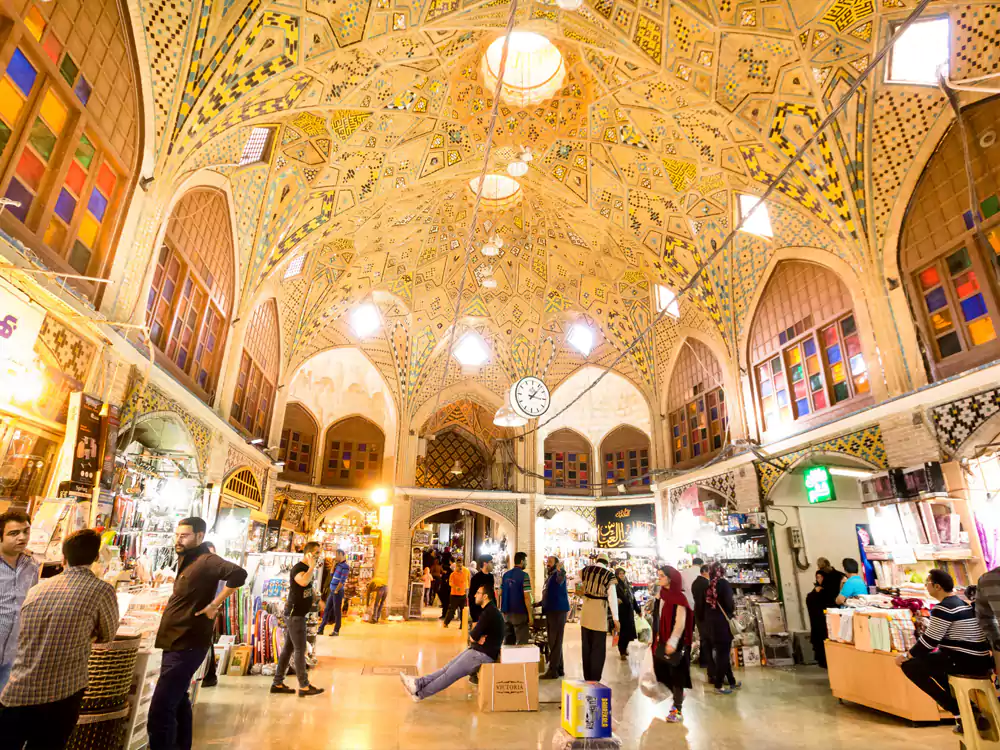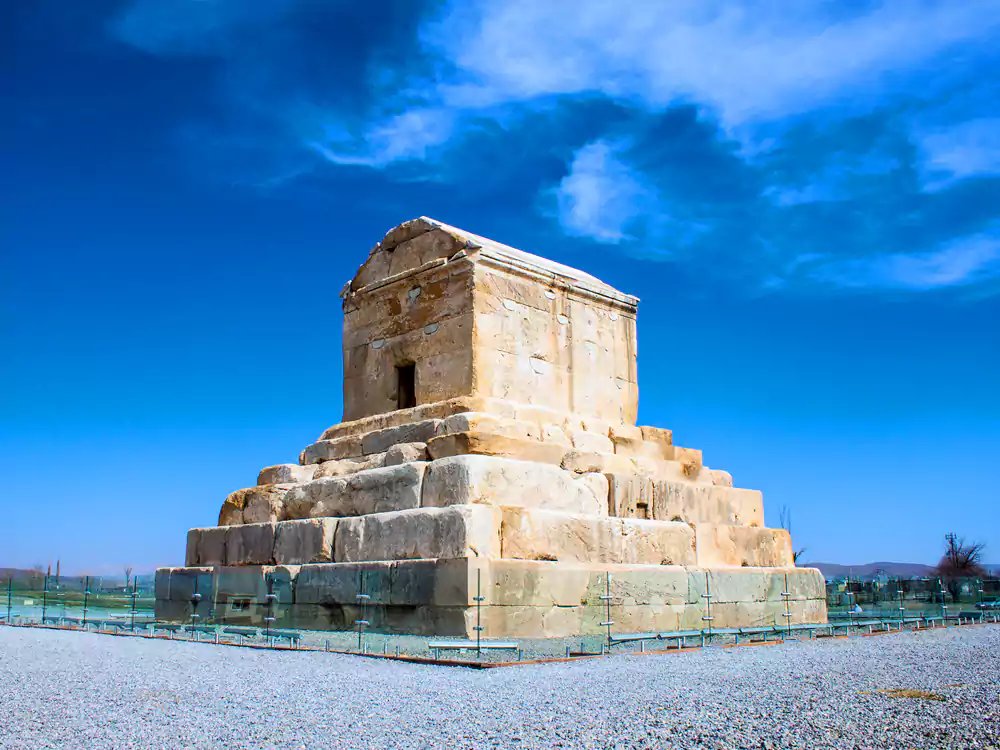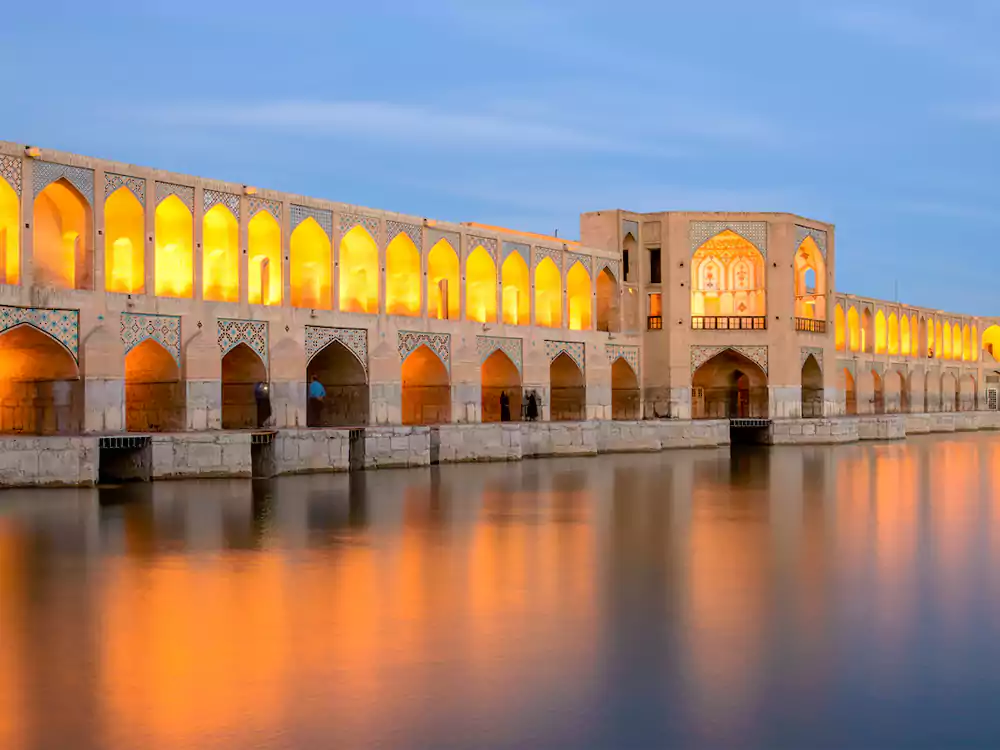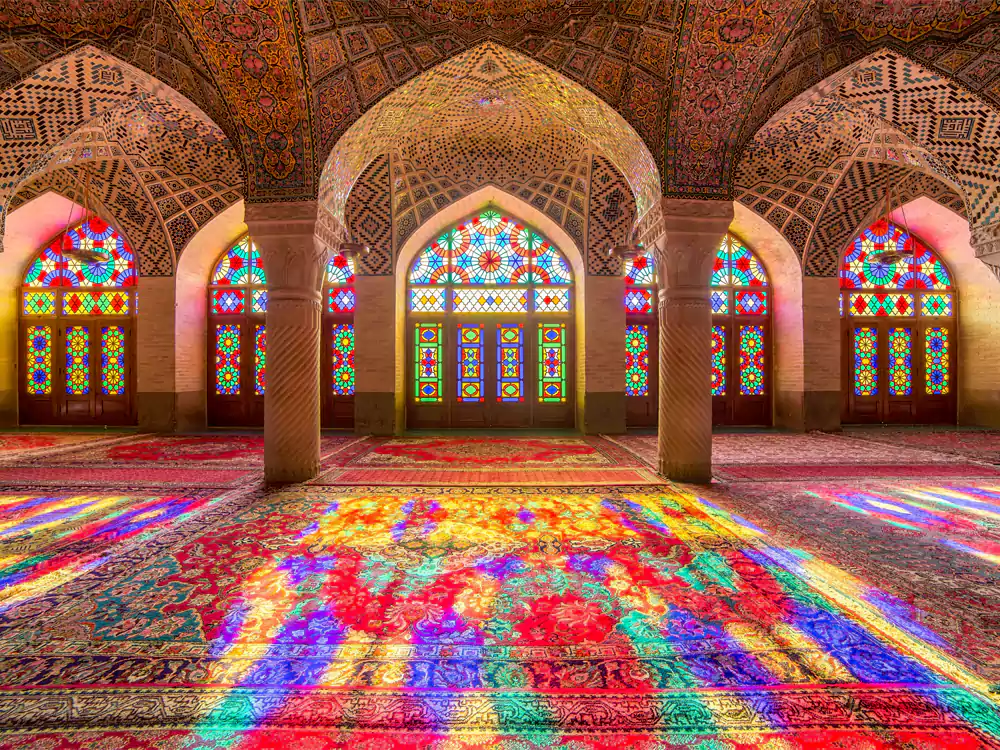Have you ever wondered about the ancient mysteries and legends surrounding Takht-e Soleyman, a significant archaeological site in Iran’s West Azerbaijan Province? This enigmatic site, steeped in history and legend, captures the essence of Iran’s rich cultural heritage. In this article, we explore the captivating world of Takht-e Sulaiman, exploring its historical significance, UNESCO recognition, and profound impact on scholarly research and contemporary culture.
From uncovering its architectural marvels to planning your visit, we offer a comprehensive guide highlighting the best time to visit and must-see attractions and providing practical information on entry fees and amenities.
Join us on this exploration, brought to you by MabnaTrip, as we unravel the secrets of Takht-e Suleiman.

Takht-e Soleyman Overview
Takht-e Soleyman (or Takht of Solomon), a jewel in the heart of the map of West Azerbaijan Province, Iran, beckons travelers with its ancient allure. Nestled amid scenic landscapes, this archaeological masterpiece is more than a mere point on a map.
It’s a bridge to Iran’s storied past, where history breathes through stone and earth. Accessing Takht-e Suleiman is a journey through captivating terrains, where each turn brings you closer to a narrative etched in time. Travelers can reach this historic site via road from major cities like Tehran, with local travel options available for the final leg of the journey. This trip is not just a travel experience; it’s a pilgrimage to a place where history, culture, and nature converge.
The remnants of Zoroastrian fire temples and royal palaces stand against Iran’s expansive, rugged terrain. The site’s centerpiece, a serene volcanic lake, adds to the mystique, reflecting the sky above and the history beneath. As you wander through this UNESCO World Heritage Site, the blend of natural beauty and historical grandeur is palpable, offering a visual feast that captivates photographers and history enthusiasts alike.
Book your Tabriz tour now and embark on a once-in-a-lifetime adventure with us.

Takht-e Soleyman’s Rich History
Tracing back to the 5th century BC, Takht-e Sulaiman has witnessed the ebb and flow of civilizations. From the Achaemenid Empire’s earliest days to the heights of the Sassanian era, each period has left its indelible mark here. This site evolved, reflecting the artistic, spiritual, and political shifts of each era it survived. Takht-e Suleiman’s age is not counted in years but in the layers of stories and the depth of its cultural impact.
Takht-e Soleyman in Historical Context
In the Sassanian Empire, Takht-e Suleiman was a bastion of Zoroastrianism, showcasing the fire temple’s immense significance. This place was considered a seat of spiritual power, where the natural and divine were believed to converge. Beyond its religious importance, Takht-Hazrat Suleman is intertwined with legends, including those of King Solomon, adding a mythical layer to its historical fabric. Whether rooted in history or folklore, these narratives have cemented Takht-e Sulaiman’s status as a symbol of Iran’s rich and diverse heritage.
Table: Takht-e prophet Sulaiman Historical Timeline
Takht-e Soleyman as a UNESCO World Heritage Site
Takht-e Suleiman, an emblem of Iran’s profound history, stands proudly as a UNESCO World Heritage Site. This recognition stems from its unparalleled significance in the tapestry of global heritage. Not just a place but a testament to the human spirit, the site mirrors the architectural genius and spiritual depth of the Sassanian Empire. Its selection as a UNESCO site is anchored in its extraordinary cultural and historical value. Visitors enter a world where the past is ever-present, connecting the present with ancient traditions and stories. This iconic site is a beacon of humanity’s rich, diverse history, offering a window into the lives and beliefs of those who walked these lands centuries ago.

Preservation Efforts
Takht-e Soleyman’s preservation is a critical task undertaken with reverence and meticulous care. Restoration efforts focus on maintaining the integrity of its ancient structures, from the enigmatic fire temple to the regal remnants of the royal palaces. Conservationists work tirelessly to protect this site, ensuring its stories and splendors endure for future generations. Their work is a blend of science and passion, safeguarding a legacy that belongs to Iran and the world. As custodians of history, they remind us of the importance of preserving our shared heritage.
Can't Find Your Ideal Tour?
Explore Our Customized Tours for a Tailor-Made Experience!
Takht-e Soleyman’s Architectural Marvels
In exploring Takht-e Sulaiman, one is struck by the site’s architectural marvels. Each structure, from the towering columns to the intricate carvings, tells a story of artistic mastery and historical significance. The fire temple, with its ancient flames long extinguished, continues to resonate with spiritual power. Though in ruins, the royal palaces still whisper tales of grandeur and intrigue. These architectural wonders are remnants of bricks and mortar and the enduring symbols of a civilization that valued artistry, power, and devotion.

The Natural Beauty Surrounding Takht-e Suleiman
Surrounding Takht-e Soleyman, the natural landscape unfolds in a panorama of stunning beauty. The site is cradled in a volcanic setting, where a serene lake reflects the azure skies above. This natural beauty enhances the mystique of the ancient ruins, creating a harmony between man-made marvels and the wonders of nature. The world feels timeless, a sanctuary where history and nature intertwine. This picturesque setting is not just a backdrop but an integral part of the Takht-Hazrat Suleman experience, inviting visitors to explore, reflect, and connect with the earth’s enduring spirit.
Table: Architectural Features of Takht-e Soleyman
Feature | Description |
|---|---|
Fire Temple
| Central Zoroastrian temple of the Sassanian era
|
Royal Palaces
| Remains of Sassanian and Ilkhanid dynasties’ palaces
|
Volcanic Crater Lake
| Send an-e Soleyman, a natural feature of the site
|
Takht-e Soleyman Photos
In the digital age, the essence of Takht-e Suleiman is vividly captured through photography. Each image tells a unique story, showcasing the site’s timeless beauty and profound historical significance. From the intricate details of ancient relics to the sweeping landscapes surrounding the ruins, photographers have successfully encapsulated the spirit of Takht-e Soleyman. These visuals serve as a bridge, connecting viewers worldwide to this historic jewel of Iran, allowing them to experience its grandeur and majesty from afar.

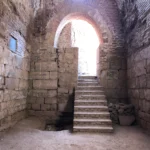
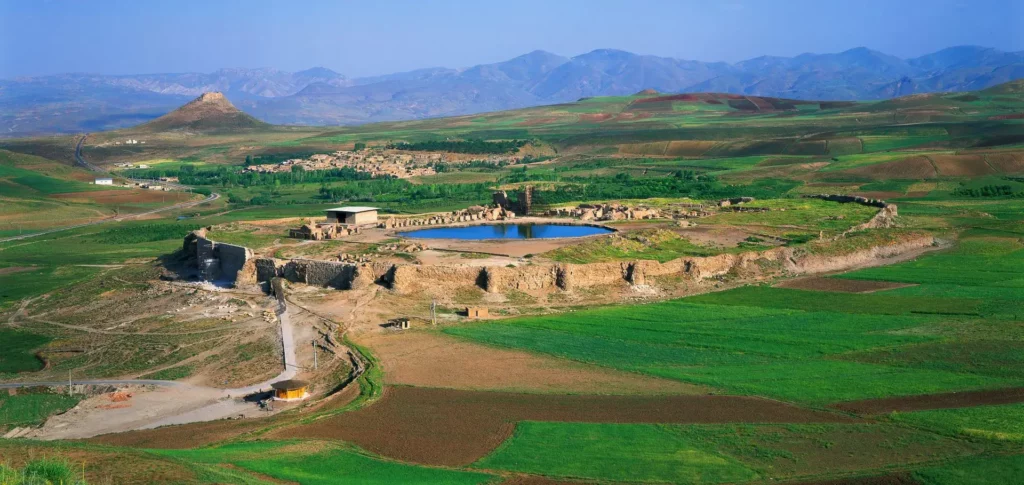
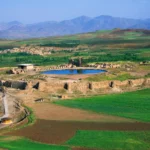
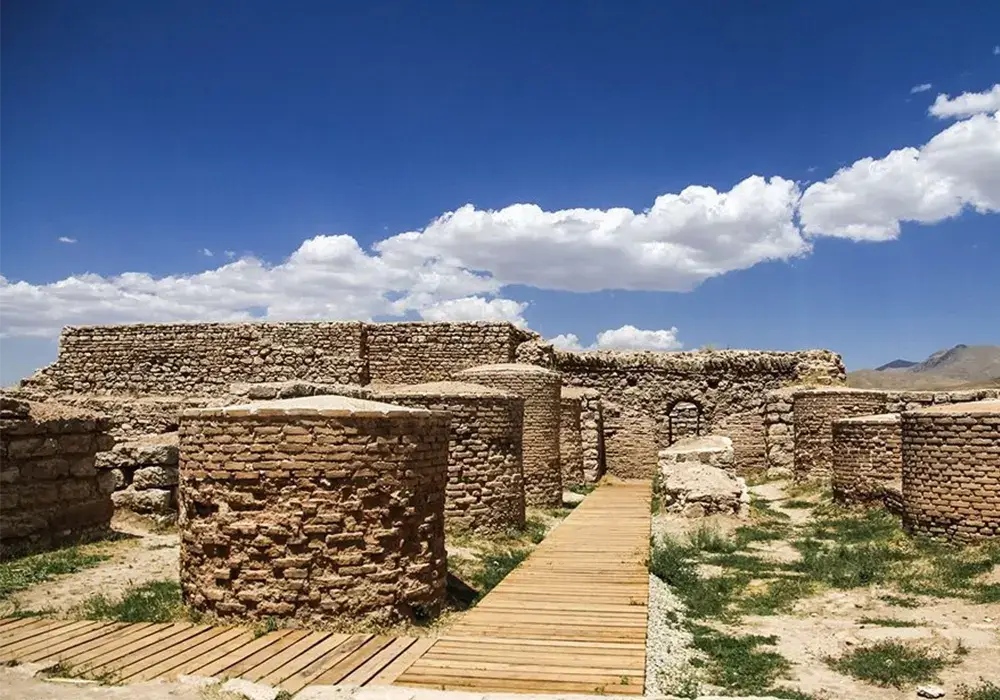
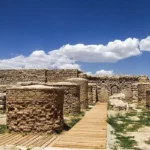
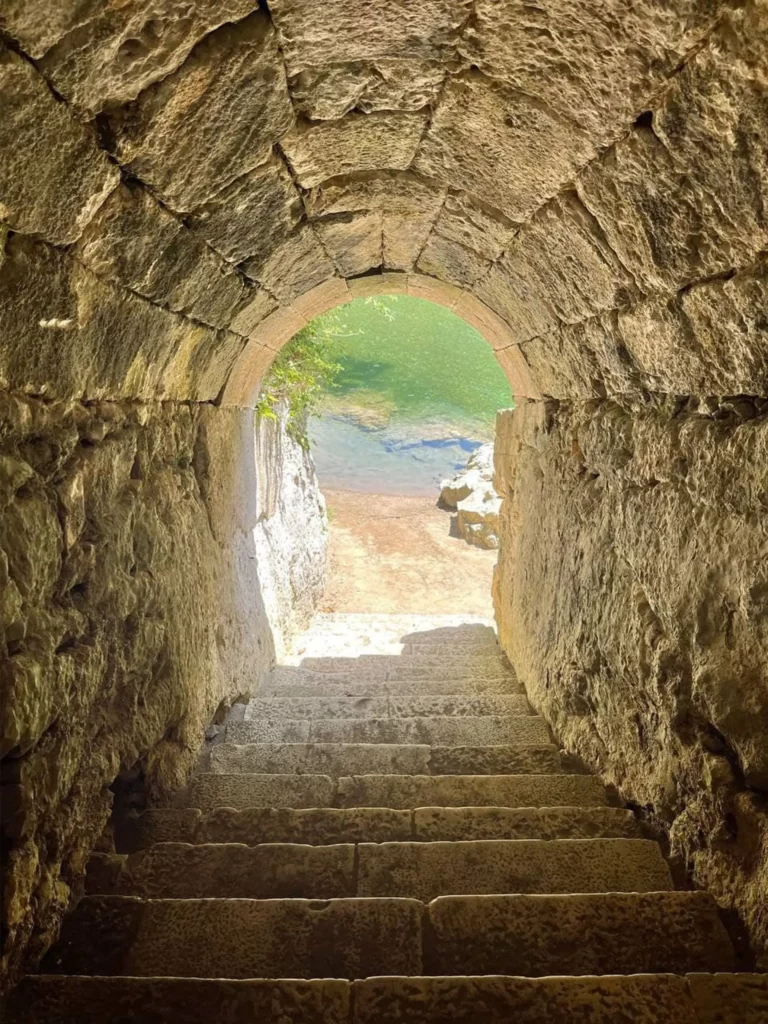
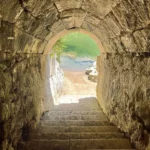
Planning Your Visit
Here are some data for visitors:
Best Time to Visit Takht-e Suleiman
To fully appreciate the wonder of Takht-e Sulaiman, timing your visit is critical. The best time to explore this historical site is during the milder seasons, spring and autumn. These periods offer pleasant weather, enhancing your experience as you wander through the ruins. Visitors should consider seasonal variations and weather conditions while planning their trip, ensuring a comfortable and enriching experience amidst the ancient wonders of Takht-e Soleyman.
Must-See Attractions at Takht-Hazrat Suleman
A visit to Takht-e Suleiman is incomplete without exploring its most significant attractions. This guide highlights the essential parts of the site, from the legendary fire temple to the remains of royal palaces and fortifications. Each spot holds a piece of history, inviting visitors to involve themselves in the stories and legends of the past. Tips for a comprehensive tour experience include allocating enough time to explore each area and considering guided tours for deeper insights into this mesmerizing historical landmark.

Takht-e Soleyman Entry Fees
Understanding the admission costs is essential for those planning a visit to Takht-e Soleyman. The site offers various ticketing options, including individual and group tickets, each providing a unique way to experience this historic location. Additionally, guided tours offer more profound insights into the site’s rich history and cultural significance. These tours, often led by knowledgeable guides, enhance the visitor experience by bringing to life the stories and legends of Takht-e Soleyman.
Amenities and Accessibility
Takht-e Sulaiman is equipped with facilities to ensure a comfortable visit for all. This includes amenities like rest areas, information centers, and refreshment options. The site is committed to being accessible to diverse visitors, including those with mobility challenges. Efforts are made to accommodate various needs, ensuring that everyone can explore and appreciate the historical and cultural richness of Takht-e Suleiman.
Feature | Description |
|---|---|
Location | Archaeological Site with Ancient Fire Temple Remains, recognized by UNESCO
|
Geographical Position
| Situated adjacent to Nosratabad Village, along the 45 km stretch on the Takab-Zanjan route |
Operating Times | Open from early morning at 08:00 till dusk at 19:30
|
Era of Significance
| Dates back to the times of the Achaemenid and Sassanid Empires
|
Suggested Duration of Stay
| Ideal to spend between 1 to 2 hours exploring
|
Conclusion
In essence, our exploration of Takht-e Soleyman has taken us on a remarkable journey through time, revealing its storied past and significant cultural impact. From its historical roots in the Sassanian Empire and connections to Zoroastrianism to its status as a UNESCO World Heritage site, Takht-e Sulaiman is a testament to Iran’s rich archaeological heritage. The site’s stunning natural beauty and architectural marvels, coupled with the ongoing scholarly research and preservation efforts, continue to draw visitors and researchers alike.
Takht-e Suleiman’s unique blend of history, culture, and nature offers an enriching experience for all who visit. For those inspired to explore more such wonders, MabnaTrip invites you to explore our blog posts, where the mysteries of Iran’s historical treasures await your discovery.
Reserve your Iran tour today and let us guide you through a remarkable journey.




